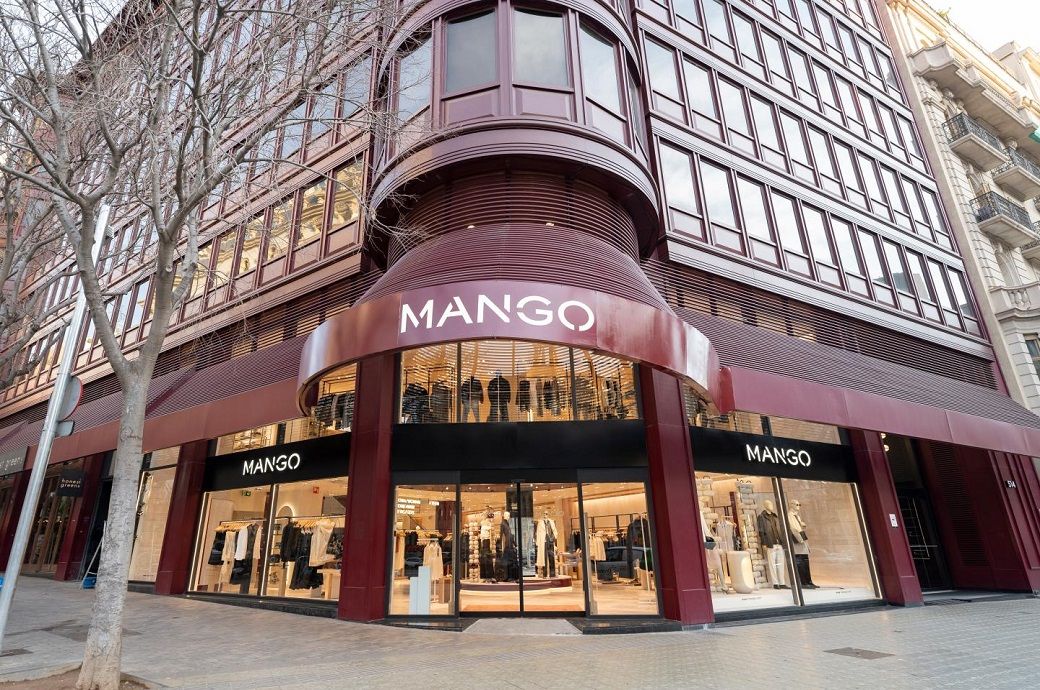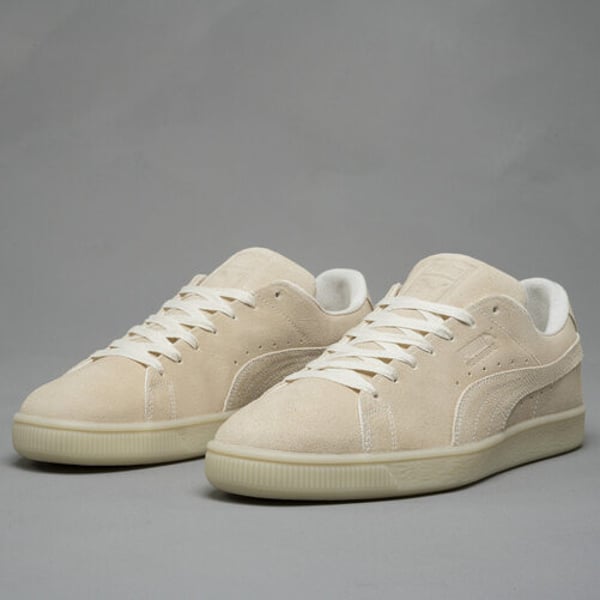By
Bloomberg
Published
August 13, 2025
With two weeks to avoid punitive rates of 50% of the president of the United States, Donald Trump, Prime Minister Narendra Modi has drawn a red line. India, he says, “will never commit to the interests of its farmers, livestock and fishing producers.”
That commitment is partly issued by Realpolitik. Almost half of the Indian workforce is based on agriculture, a degree of dependence that has increased from the pandemic. It is very difficult for a leader to make any concession that seems to disappoint the same people who, from the 1960s, made the most populous nation in the world in food and dairy products, given the tremendous limitations.
But hymns to the farmer do nothing to alter the harsh economic reality. Even if Nueva Delhi says that a commercial war with the US. It is the price he would pay for the protection producers of an American corn, soy and cotton, it is not clear that local farmers will be grateful for protection. For the most vulnerable among them he will not benefit from him.
Already, international clothing buyers are canceling or suspending orders, thanks to the tariff threat of 50% of Trump. How would India deliver decent returns to farmers in their cotton cultivation if they demand are bound in their largest foreigner for shirts, pants and t -shirts? Modi wants his fellow citizens to buy things done with the “sweat of our people.” But with a belligerent Washington threatening to fly a vast strip of local factory works, there will be less money at home to buy products produced in the country. The Garment-Exorts Exports Center of Tamil Nadu in southern India is responsible for 1.25 million payment checks.
The loss of access to the consumer of the United States can damage the agricultural economy of India rather than reduce its 39% average tariff on imported products. In fact, Pakistan may have played Trump better. It also has a significant population of cotton culture. But last year it became the largest buyer in the world in Us Cotton, which matters tax free. Now I could take more to appease the White House.
The Indian textile industry has also asked the government to stop the service of 11% in the fiber of short states if it helps to sell more garments locally manufactured in Walmart and Target. After all, this rate is not really helping the farmer. The national cotton production languishes a minimum of 15 years despite the fact that 44% of the production that the market is being collected by a state agency at minimum prices insured by the Government.
The harvest in the neighbor Pakistan has been worse. But at least with a competitive rate of 19%, the clothing industry can expect to expand its market share in the United States. Meanwhile, Indian exporters are looking at a much higher tax, after paying almost 13% more for the main raw material than the prevailing international price.
Cotton is just an example. The internal prices of most agricultural products are higher than internationally. Although the luxurious agricultural subsidies in the rich nations make their globally competitive surpluses, the elaborate state intervention apparatus of New Delhi largely channels the difference between local and international prices towards intermediaries. Crop yields are abysmal, and climate change is making agricultural income more and more erratic even behind the high commercial barriers. The poultry industry is struggling with feeding costs, but 45% tariffs -56.5% make us soy food too expensive. If India allows its farmers to cultivate genetically modified foods, they can be maintained on American corn and soy.
At $ 32 billion, agricultural imports are low for a country of 1,400 million people; and even this figure is padded with the palm oil of Indonesia and Malaysia. The United States represents less than $ 2 billion of the total. Why not change the supply of the US soybeans. And make it free of taxes to give a victory to Trump?
In more general terms, why not exploit Trump's tariff shock to re -wirp unproductive agriculture and lift stagnant manufacturing? India has 126 million people who respond to the description of farmers even though their property of the land is less than five acres. (1) As a 2023 marginal producers survey, it showed its 60,000 rupees ($ 700) the annual annual income of crops is often less than what they earn from a second occupation as daily work. They are trapped on Earth due to food security, and because the urban economy has nothing for them.
Only one in 10 families has someone in salaried work, and only one third of these farmers take advantage of state acquisitions at prices prior to ads. Others sell private merchants. The most popular government support program for this group is direct cash in bank accounts; It would stop if they no longer cling to the earth.
However, the taxpayer is collecting invoices to keep the land cultivated when imports would be cheaper; and to protect urban workers from the high costs of locally cultivated products. For food to be expensive to crush the country's industrialization dream, the government gives free rice and wheat to 800 million people so that its employers do not have to pay them high salaries. It launches everything to the mixture, and the annual cost exceeded $ 100 billion during the pandemic. If the rate related to the rate is worse than COVID-19, as some exporters fear, then the fiscal drag could only become heavier.
Four years ago, Modi was forced to withdraw the legislation whose basic premise was to give farmers more freedom to discover free market prices. If that was a badly designed image change, hitting a challenging note against a president of the United States Mercurial in the name of agricultural interests is also poorly conceived. But with the political opponents of the prime minister intensifying his campaign against his 11 -year -old government, it is irrational to expect significant reforms. Politics will triumph over the economy.












